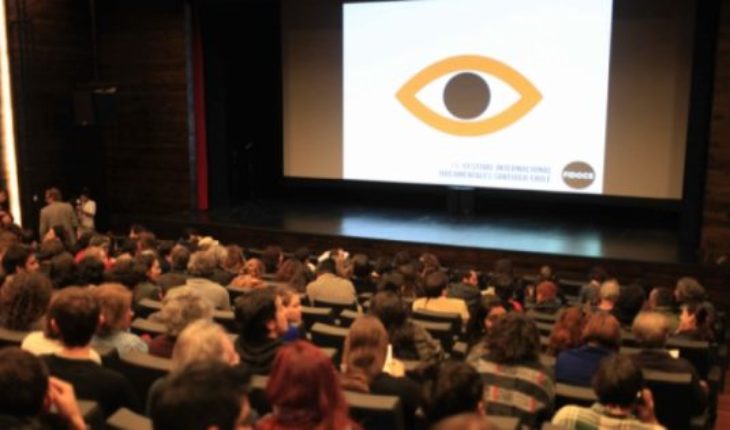This year culture funds were able to respond by 15.5% to the demand for financing and contributed a total of 22.646 million pesos.
The analysis is evident improvement in the territorial distribution of resources. If four years ago Mr low turnover concentrated 53% of resources, this year to 47.5%. Funds that deliver more projects to regions are the Regional Fund (79.9%), followed by the bottom of the book (64.4%). By contrast, funds that favor fewer projects in regions are the Audiovisual (29.3%) and the national Fondart (31.3%).
The less benefit areas of the country are the region of Aysén and Magallanes who received 1.9% and 2% respectively in terms of resources.
Strong centralization of according to the Director of the OPC, Bárbara Negrón, this responds to the strong centralization that exists in our country. Also because, in the case of the South end, is less populated regions with fewer applicants: “Anyway, it is necessary to seek a distribution that does not perpetuate the gaps but, on the contrary, contribute to overcoming them” said.
Total number of projects funded by 2018 and 2019 call region regarding the funding lines, highlights the removal of memory and human rights of the national Fondart line. This line funded initiatives of creation and production whose objective was to contribute to the receipt of memory, justice and the repair of the DD. HH.
Consulted regarding the importance of these funds, the Director said: “despite the fact that they have decreased its importance in the total budget dedicated to culture, the competitive funds remain the main tool of public funding for this sector”. By the way what happened with Fidocs, the specialist said that: “cases like this, where a renowned festival runs out of funding, show the tension on the system of financing of culture. The competitive funds have been an important instrument but needs that we had in the 90s, when they were, fail to encompass the complexity of the Chilean cultural sector today.”
Full analysis, tracking matrix, and concerning the study infographics are available at observatoriodepoliticasculturales.cl
translated from Spanish: Analysis of culture 2019 funds reflects that they are still important, but they are no longer sufficient
March 1, 2019 |





